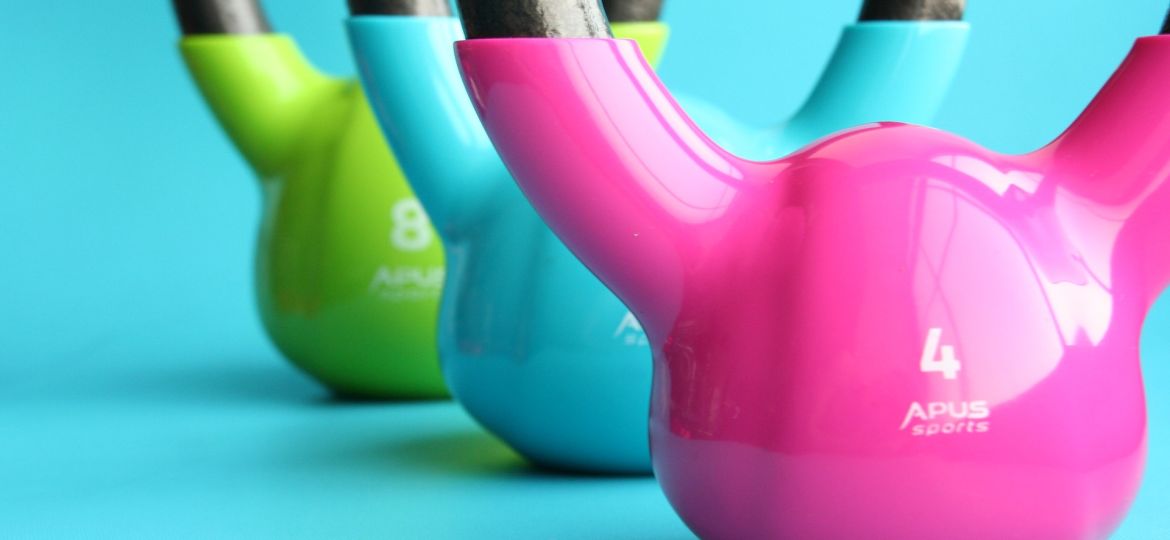
This simple but effective exercise works the muscles in the upper back and shoulders. The posterior deltoid does most of the heavy lifting, supported by the infraspinatus, teres minor, trapezius, and rhomboideus muscles. The reverse fly is suitable for beginners and intermediates and should be applied at the end of the workout, after the pulls, to make sure the muscles have worked hard enough. This exercise can help prevent common injuries in racquet sports because it strengthens the muscles around the shoulder. Two dumbbells, some space and a sturdy bench or chair are all it takes to do the reverse fly.
How
Sit on the edge of a chair or bench and lean forward so that your torso rests on your thighs. Grasp the dumbbells next to the feet, palms facing each other. Raise the arms to the side and squeeze the shoulder blades together until the elbows are shoulder height. Slowly return to the starting position – be careful not to let the dumbbells hit your ankles.
Do it well
Keep your elbows slightly bent throughout the exercise.
Warning
At the highest point, the elbows should be at right angles to the torso or you will put stress on the rotator cuff.
Variations
Light
If you can’t sit comfortably, you can do the reverse fly on your stomach while lying on a couch. Make sure to keep the back flat while lifting.
Heavy
Do the exercise standing with feet hip-width apart and knees slightly bent. Lean forward from the hips, but keep the back straight. Replace the dumbbells with a low pulley cable, or take turns training the arms to make the challenge even more challenging.
Active muscles
- Achterste deltoideus

